Engineered vs. Prefinished Hardwood: Which Flooring Is Best for Your Home?
Hardwood flooring has long been admired for its natural warmth, timeless style, and ability to elevate the look of any home. With modern innovation, homeowners now have more choices than ever when selecting the right material. Two popular options—engineered hardwood and prefinished hardwood—each offer unique advantages that impact durability, installation time, long-term maintenance, and overall performance. Choosing between these two materials often involves considering how they will function within different areas of the home and how they align with lifestyle needs. Understanding their strengths can help homeowners make a confident decision supported by high-quality flooring supplies that enhance both appearance and value. This blog explores the essential differences between engineered and prefinished hardwood while offering insights into which one may suit your home’s needs most effectively.
Understanding the Construction of Engineered Hardwood
Engineered hardwood is constructed using multiple layers of wood materials bonded together to create a stable and durable plank. The top layer is made of real hardwood, while the inner layers typically consist of high-density fiberboard or plywood. This design helps minimize expansion and contraction caused by changes in temperature and humidity. Because of this stability, engineered hardwood is often preferred in areas where traditional hardwood may be more vulnerable, such as basements or rooms with fluctuating moisture. Access to quality flooring supplies ensures that the engineered hardwood selected has a strong core structure and a durable wear layer that supports long-term performance and reliable beauty.
Considering the Advantages of Prefinished Hardwood
Prefinished hardwood flooring arrives from the manufacturer already sanded, stained, and coated with multiple layers of protective finish. This process is completed under factory-controlled conditions, which often leads to a smoother and more uniform surface. Homeowners appreciate that prefinished hardwood offers convenience and a consistent appearance throughout the home. Because the finishing coat is applied prior to delivery, homeowners can rely on flooring supplies that guarantee durability and uniformity. These qualities make prefinished hardwood a strong contender for those seeking a polished look that maintains clarity and luster even after years of use.
Considering Their Durability and Long-Term Wear
When comparing engineered hardwood and prefinished hardwood, durability becomes one of the key deciding factors. Engineered hardwood’s layered structure gives it resilience against seasonal movement, making it less prone to warping or separating. Prefinished hardwood, on the other hand, benefits from the strong factory-applied finish that can withstand everyday wear. The type of flooring supplies used—especially the protective coatings and wood species—plays a significant role in long-term durability. According to Future Market Insights, the USA flooring and carpets market, valued at USD 29.46 billion, is driven by renovations, premium carpeting, and sustainable flooring. This growing demand highlights the importance of choosing durable materials that support longevity in modern households.
Understanding Their Appearance and Aesthetic Flexibility
Both engineered and prefinished hardwood offer a wide range of color options, textures, and wood species to complement various interior styles. Engineered hardwood provides aesthetic versatility because its top layer is real hardwood, which allows for striking visual consistency. Prefinished hardwood is valued for its smooth, glossy look achieved through factory finishing processes. With the help of high-quality flooring supplies, homeowners can choose between matte, satin, or high-gloss finishes to create the ideal atmosphere. Whether the goal is a warm, rustic aesthetic or a sleek, modern appearance, both flooring types provide attractive and customizable options that bring character and sophistication to a living space.
Considering the Moisture Resistance and Environmental Stability
Moisture resistance plays an essential role in the longevity of hardwood flooring, particularly in areas exposed to humidity, spills, or environmental fluctuations. Engineered hardwood is designed to tolerate varying moisture levels more effectively, making it a sound choice for below-grade rooms or spaces near exterior doors. Prefinished hardwood can also offer moisture protection thanks to its durable factory-applied coating, though it is generally more suited to controlled environments. Selecting the right flooring supplies ensures that flooring materials are prepared for the specific room conditions and provide the level of stability needed for long-term performance and appearance.
Knowing Their Maintenance and Long-Term Care
Both engineered hardwood and prefinished hardwood offer manageable maintenance routines that support their long-term performance. Prefinished hardwood is often easier to care for because its factory-applied finish tends to resist scratches and wear. Engineered hardwood also maintains its appearance well, although refinishing potential depends on the thickness of its top wear layer. Homeowners frequently choose flooring supplies that include quality protective treatments, pads for furniture, and recommended cleaning products that help preserve the flooring’s condition. With proper care, both materials can retain their beauty, luster, and structural integrity for many years.
Considering the Versatility in Placement Throughout the Home
Engineered hardwood is particularly versatile due to its multi-layered construction, which allows it to perform well in rooms where traditional hardwood may be less suitable. This includes basements, kitchens, and areas where humidity fluctuates. Prefinished hardwood is well-suited for living rooms, bedrooms, dining areas, and other spaces with stable conditions. Homeowners can rely on flooring supplies that cater to specific environments by offering moisture-resistant cores, durable finishes, and suitable underlayment products. This versatility helps ensure that whichever flooring option is chosen, it will contribute to a cohesive and appealing home design.
Knowing the Environmental Considerations and Sustainability
Many homeowners today prioritize sustainable materials when improving their homes. Engineered hardwood uses less solid wood overall, making it a resource-efficient option. Prefinished hardwood reduces waste during finishing because the process is completed in a controlled facility. This efficiency minimizes emissions and prevents unnecessary chemical exposure in living areas. When selecting flooring supplies, eco-friendly adhesives, finishes, and wood species can further enhance sustainability. As the flooring industry continues to evolve, more consumers are valuing products that combine performance with responsible manufacturing practices.
Considering the Cost and Long-Term Value
Cost plays a meaningful role in choosing between engineered and prefinished hardwood. Engineered hardwood often offers a balance between affordability and durability, particularly in larger spaces or areas requiring added stability. Prefinished hardwood may come at a higher upfront investment due to its factory finishing process, but it often delivers long-term value through durability and visual consistency. The quality of flooring supplies—including finish type, core strength, and species of wood—can influence long-term savings by reducing maintenance and replacement needs. Many homeowners consider both immediate value and future performance when making their final decision.
Considering Lifestyle and Foot Traffic's Influence on the Decision
Daily routines and foot traffic patterns greatly influence the suitability of hardwood flooring. Households with children, pets, or high activity levels may benefit from the resilience of engineered hardwood or the strong scratch-resistant finish of prefinished hardwood. The right flooring supplies help ensure that whichever material is selected stands up to wear over time. Matching flooring performance to lifestyle needs allows homeowners to maintain an attractive and functional environment without sacrificing comfort or durability. This thoughtful approach leads to a flooring choice that aligns with both practical and aesthetic priorities.
Engineered hardwood and prefinished hardwood both provide long-lasting beauty, durability, and valuable performance benefits that enhance a home’s appearance and lifestyle. Understanding the differences helps homeowners make an informed choice supported by high-quality flooring supplies that match their needs. Engineered hardwood excels in areas where moisture and temperature changes require added resilience, while prefinished hardwood offers convenience and consistent finishing that supports lasting elegance. As flooring options continue to evolve with advancements in materials and environmentally conscious production, both types remain reliable choices that add value, comfort, and timeless appeal. Interested in learning more? Contact Collins Building Materials and speak to one of our experts to help you make the right decision for your space.

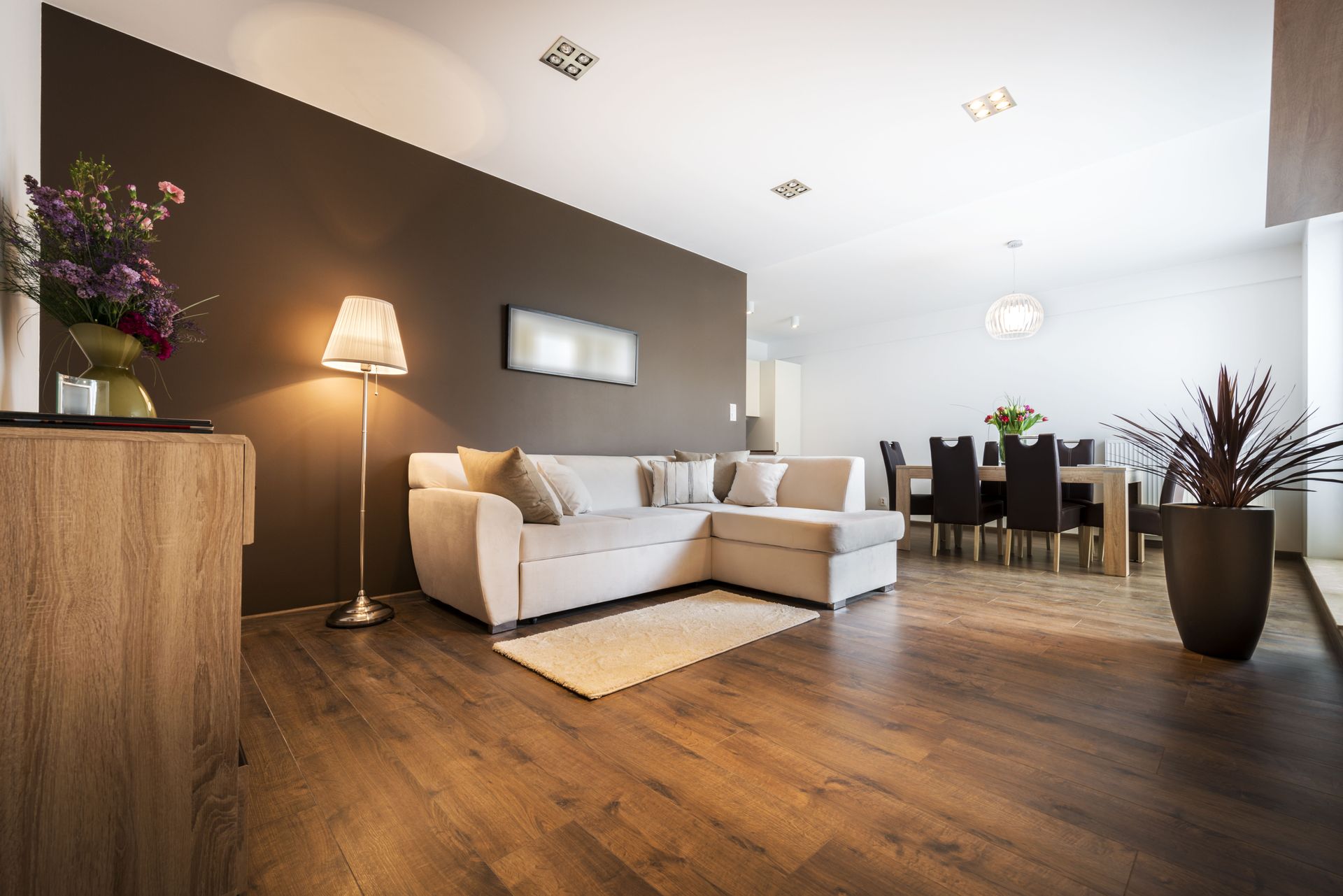
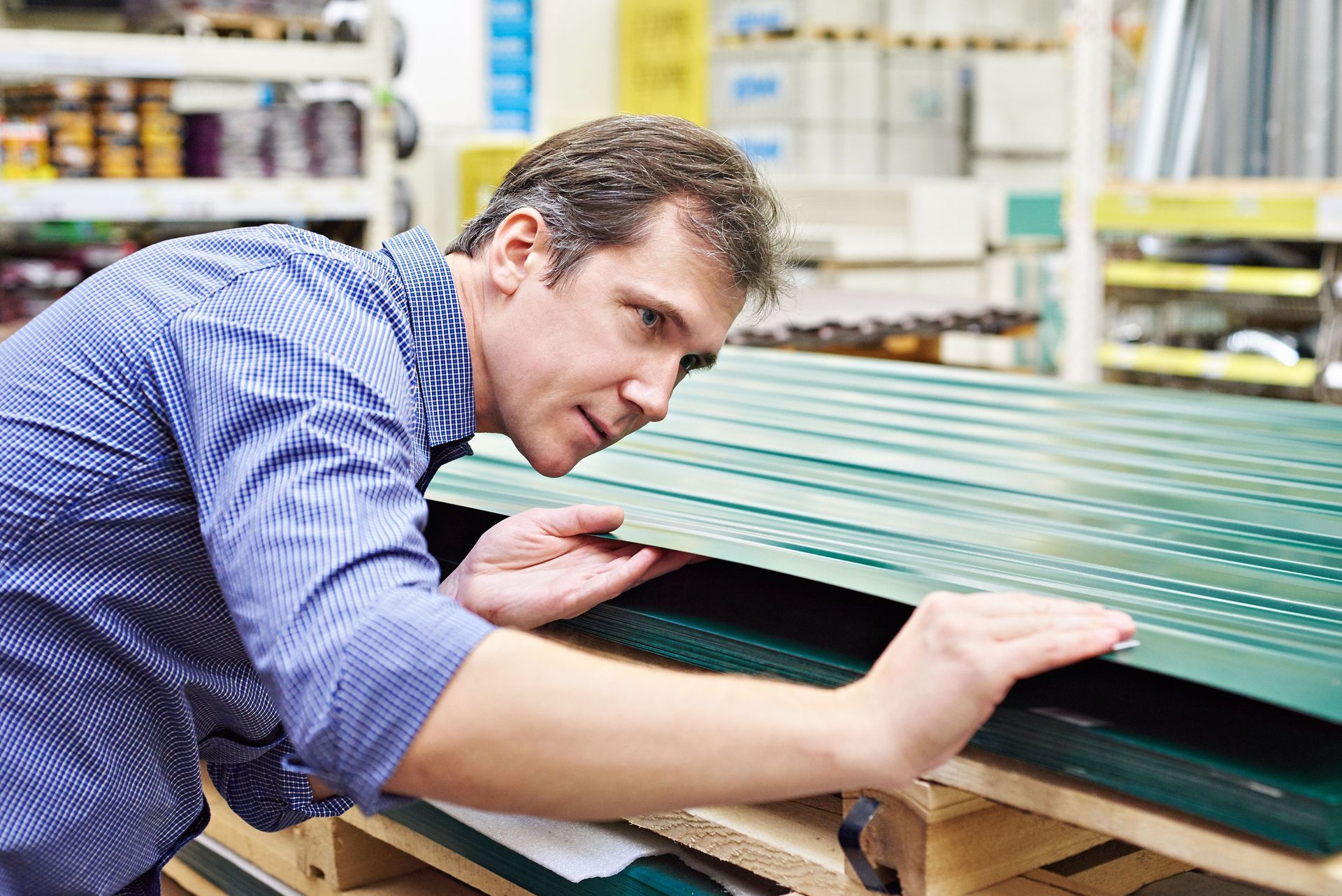
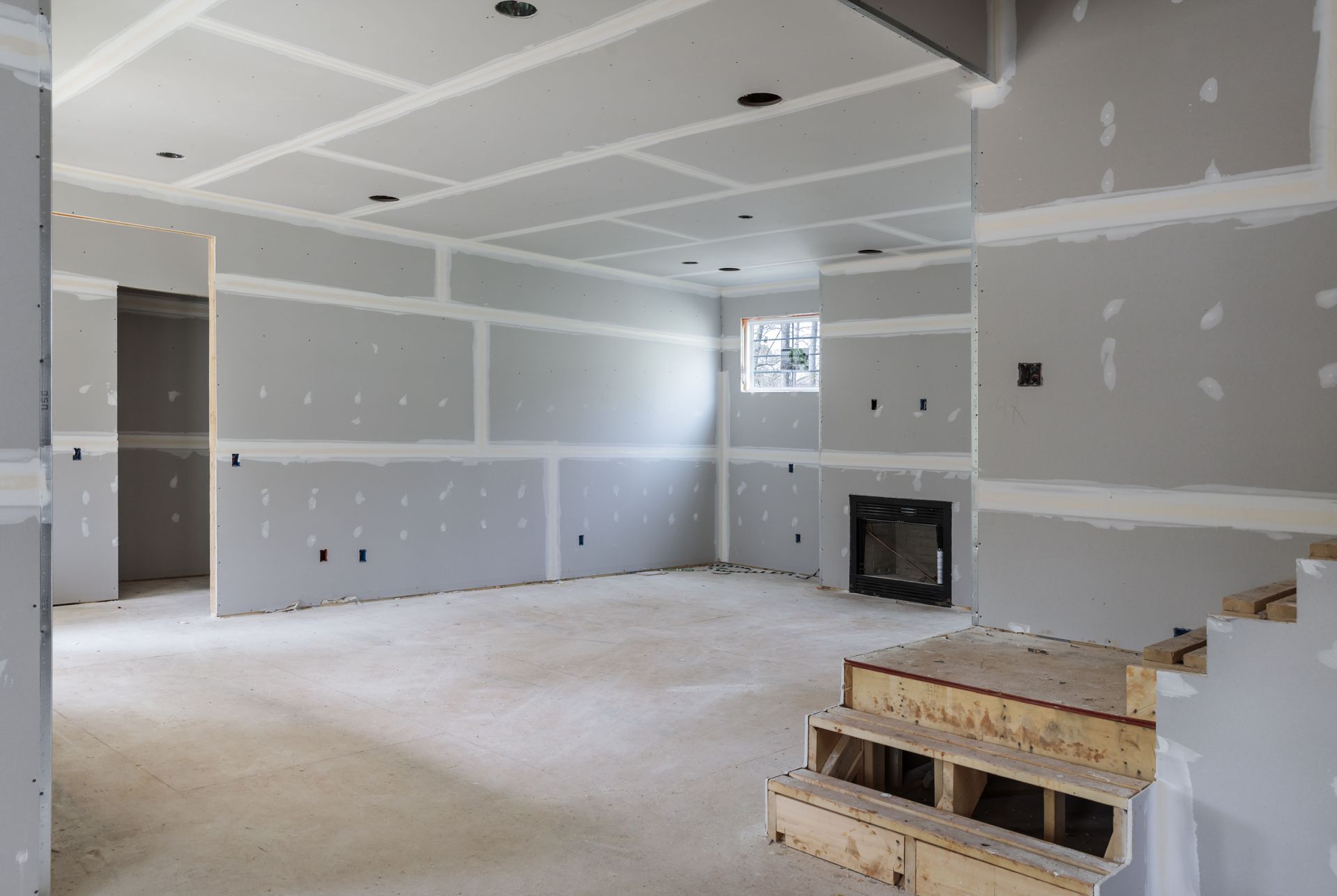
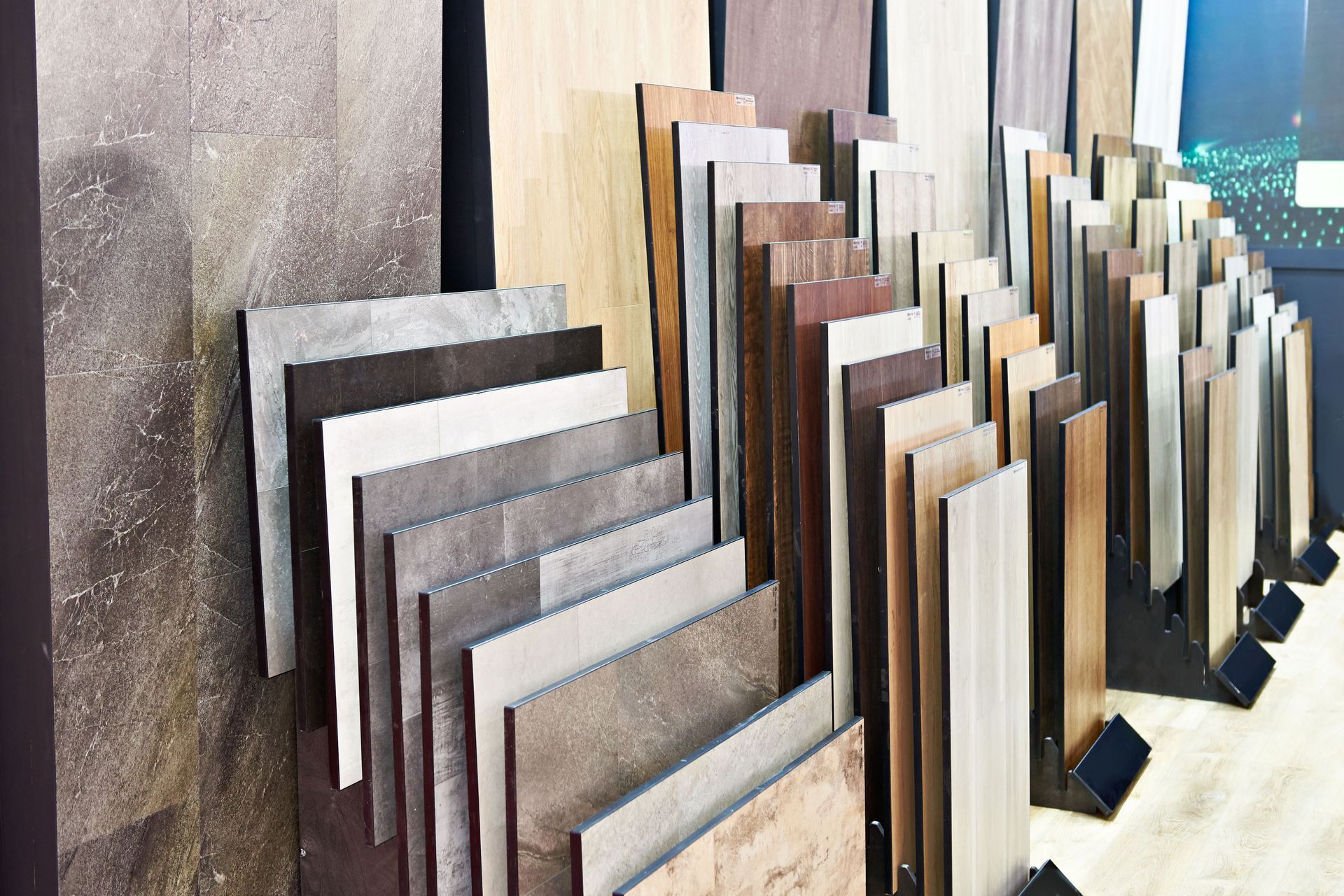
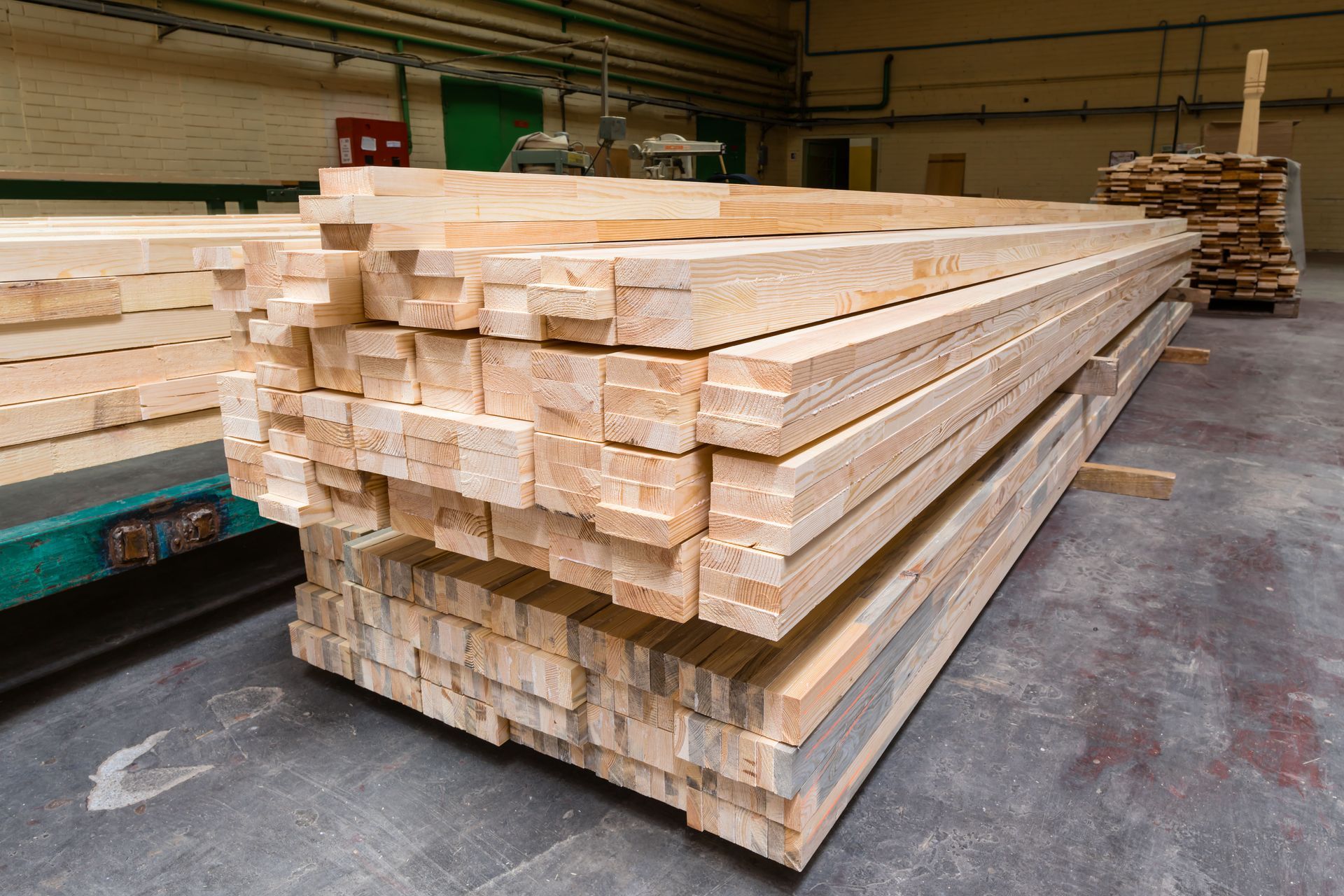

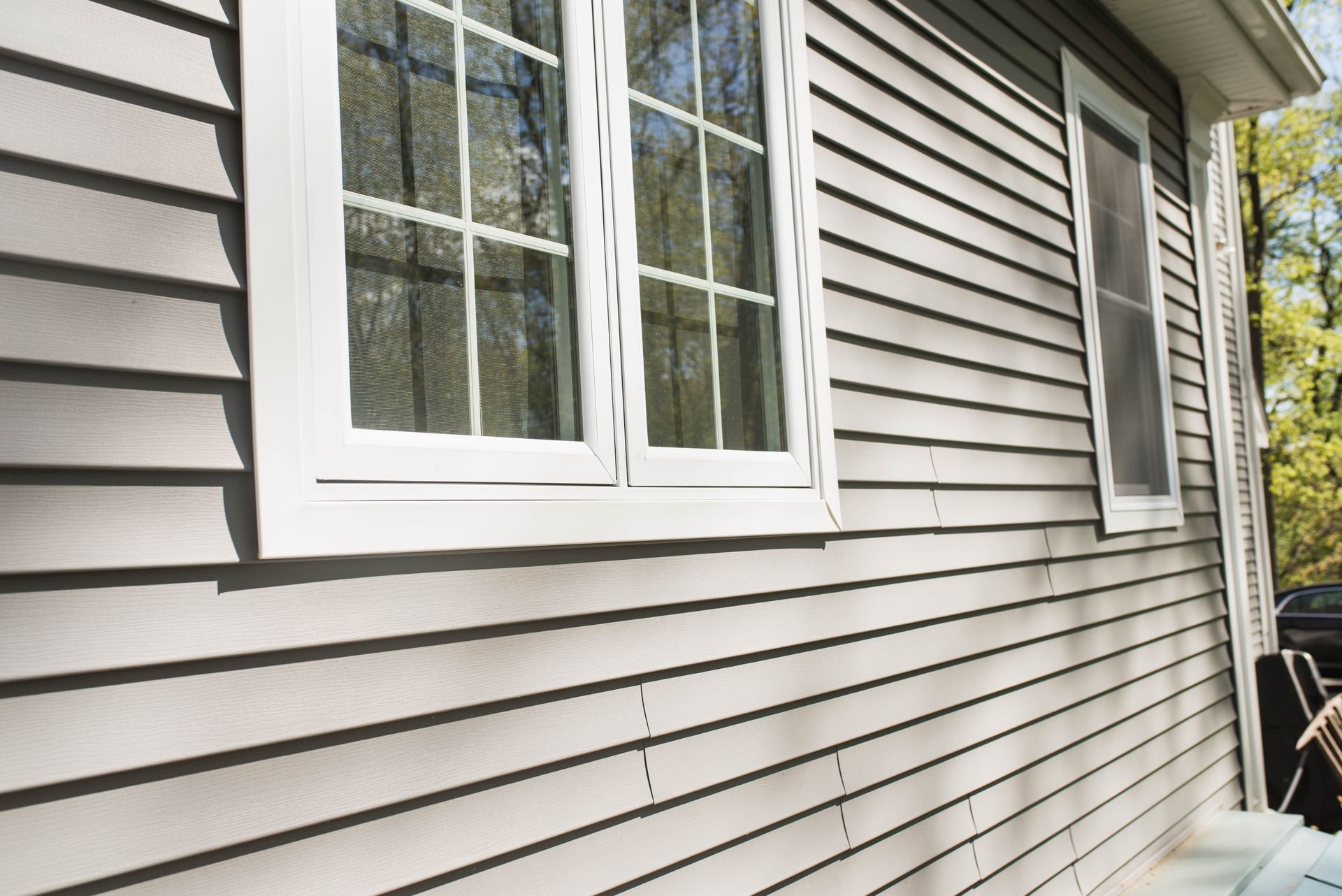
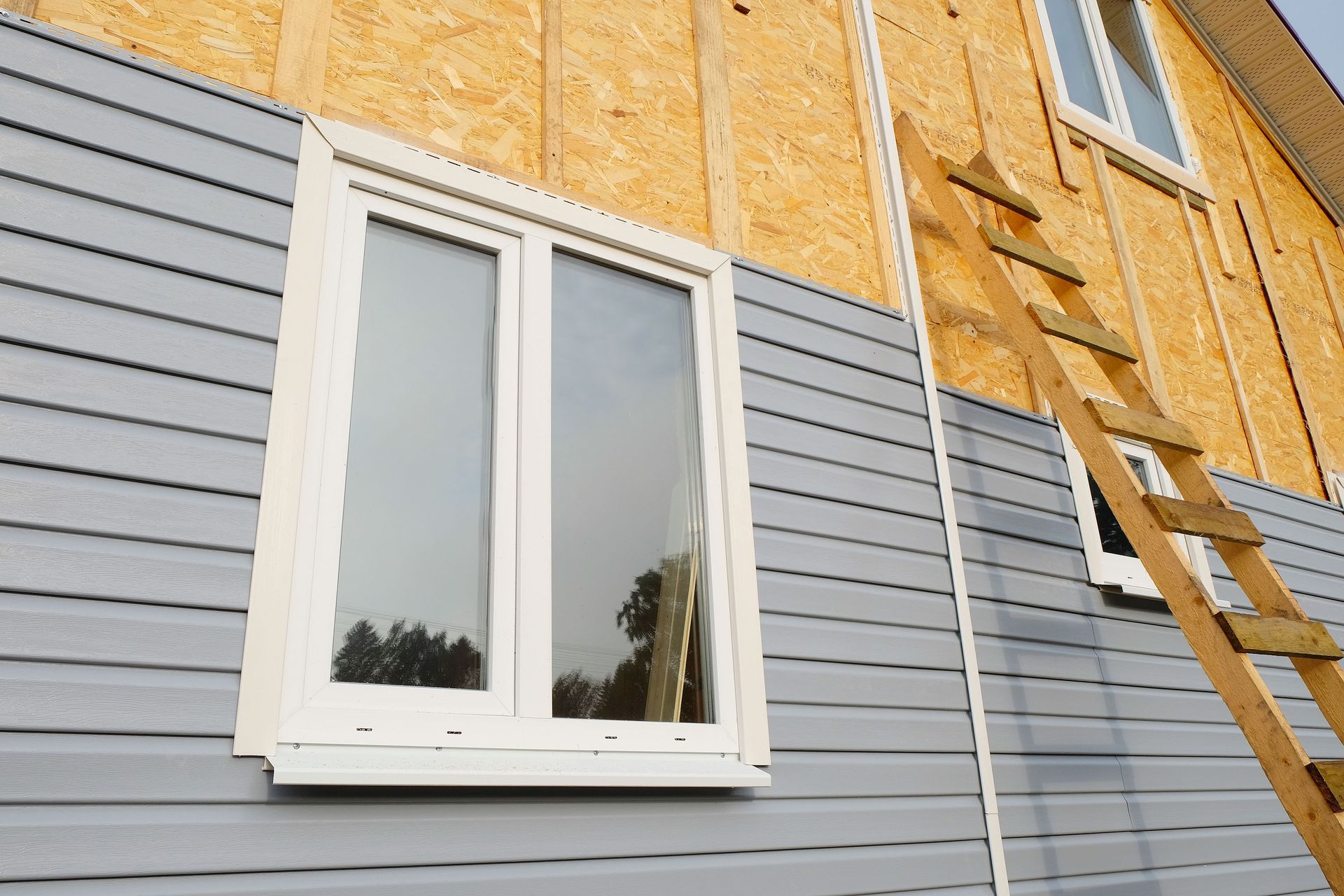
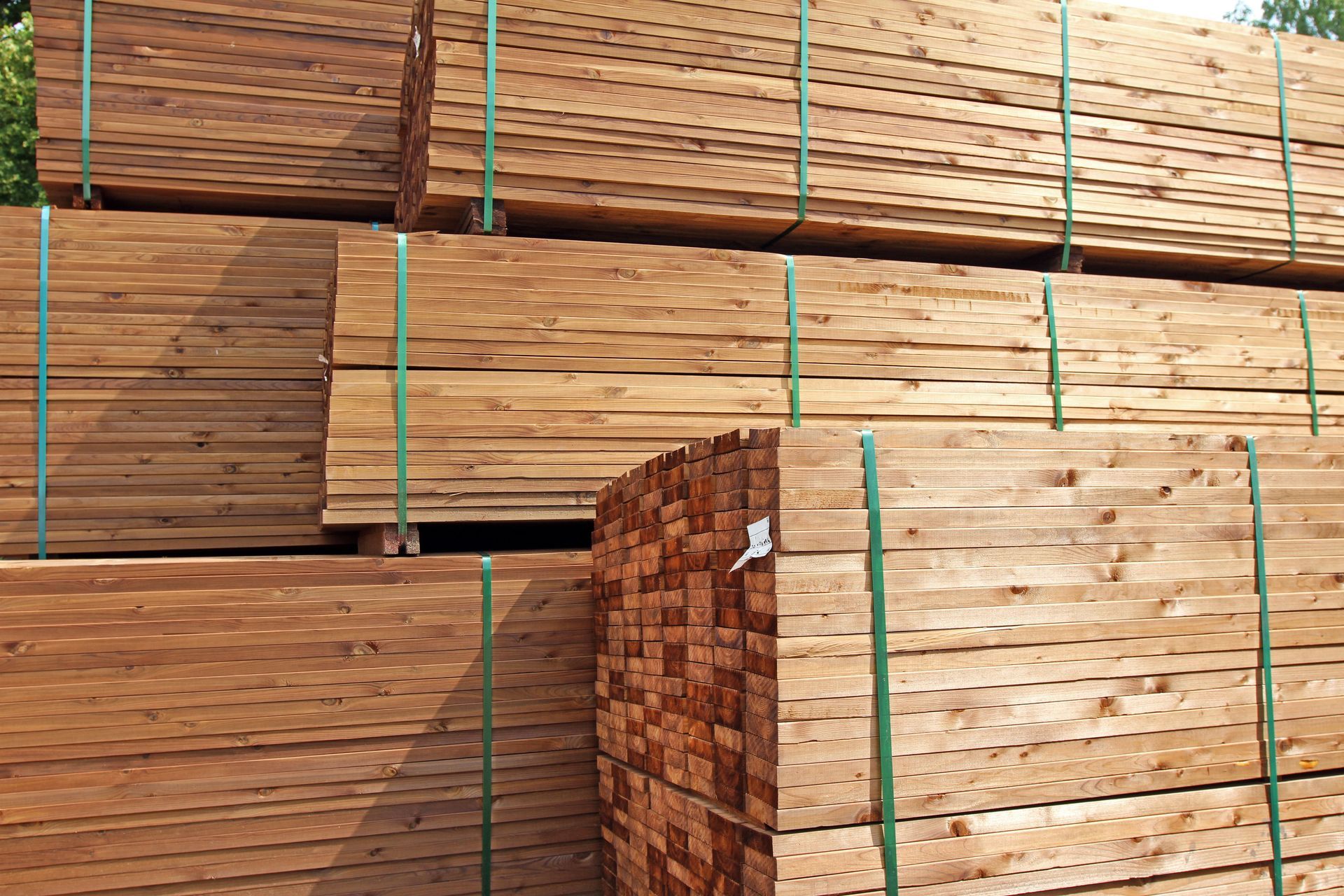
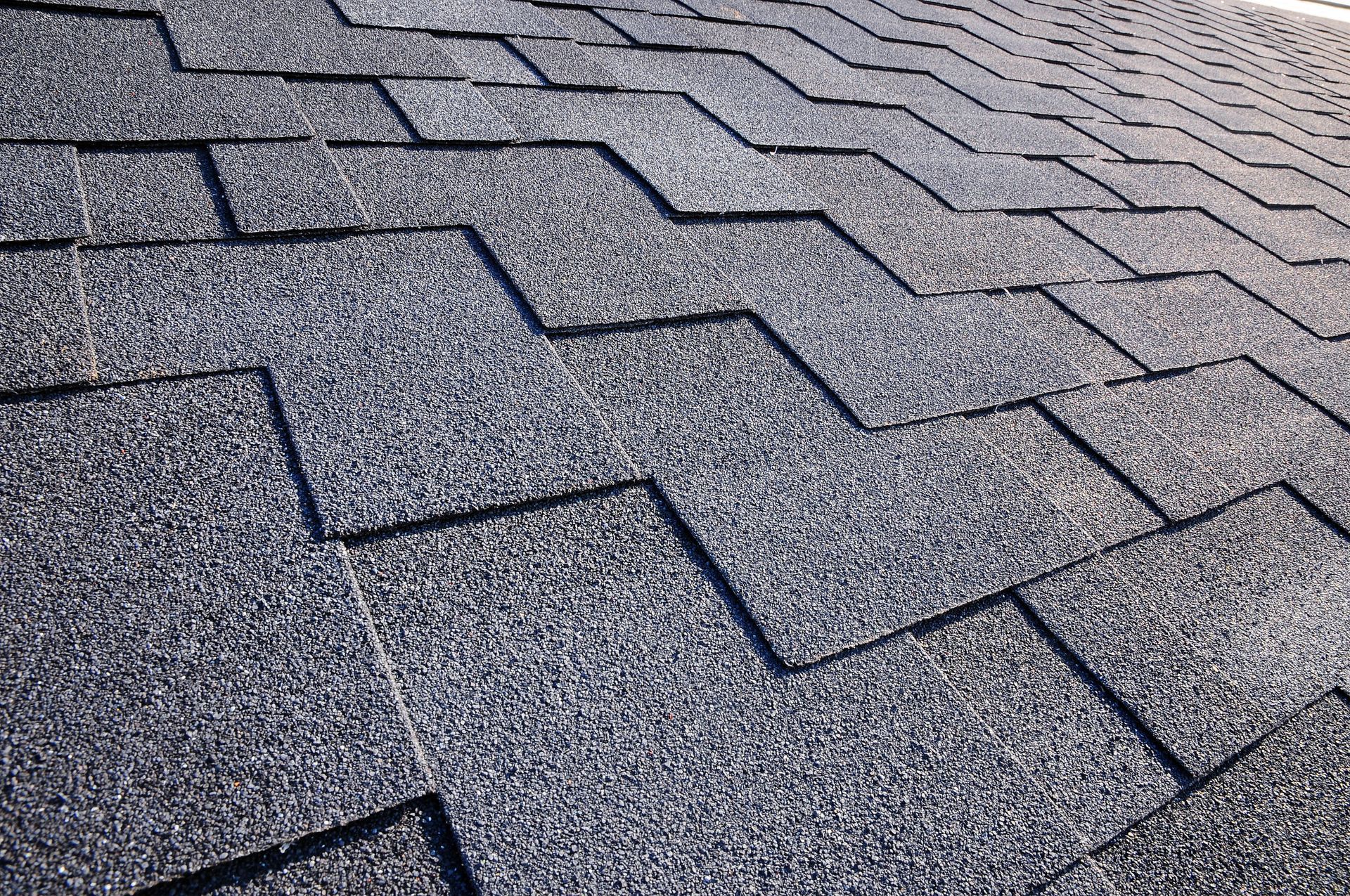
Share On: